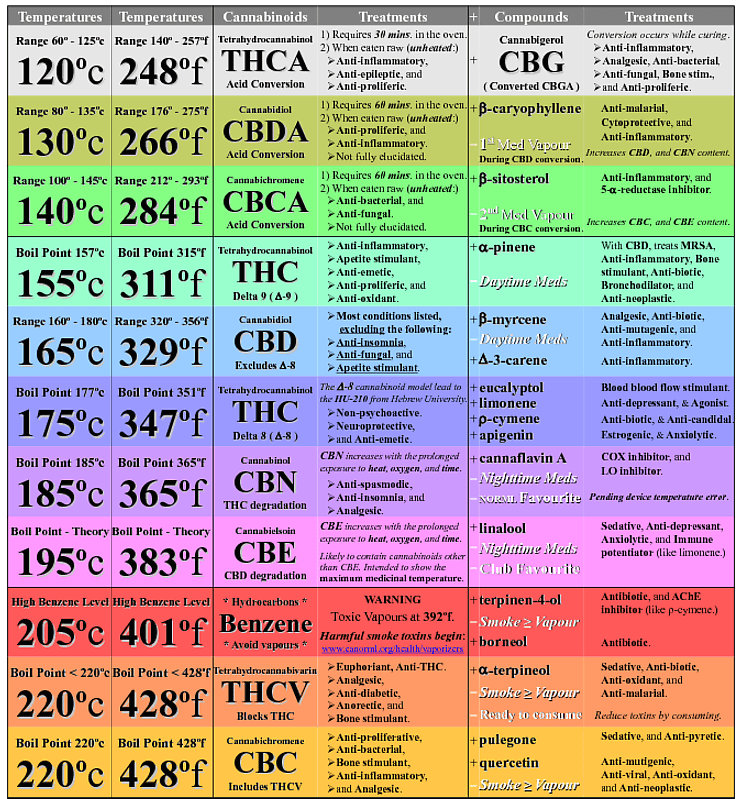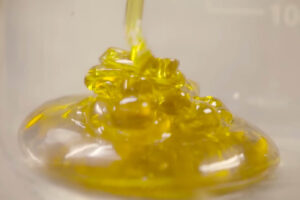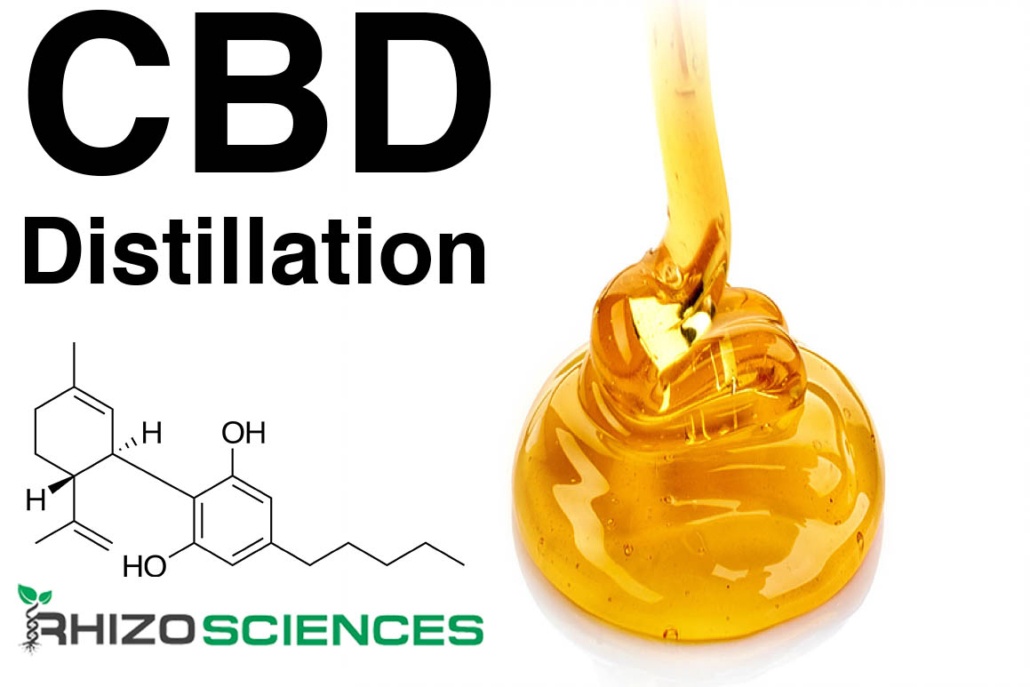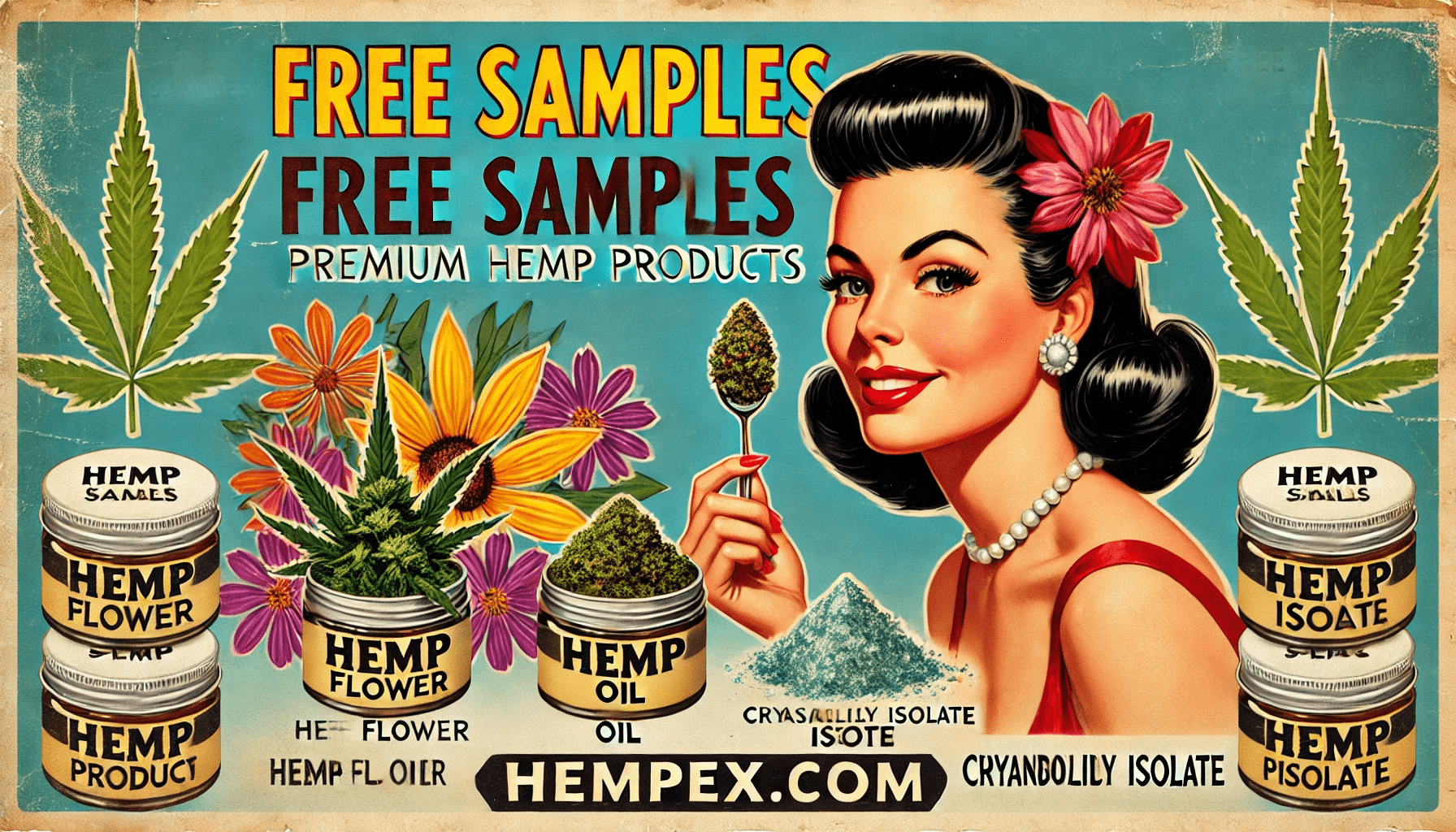CBD Distillation from Hemp Oil
CBD Distillation is the process of distilling CBD oil to produce a highly potent CBD distillate. Distillation is an important step in producing medicinal hemp products such as CBD oil tinctures, CBD oil capsules and other CBD products.
Read more about hemp processing, CBD extraction, CBD Distillation and further refinement in CBD isolation from hemp.
What is CBD Distillation?
CBD Distillation is a process of concentrating Cannabidiol from CBD oil or other hemp extracts to produce a highly potent, clear golden liquid with mild aroma and flavor, ideal for use in infused CBD products such as CBD oil tinctures, CBD capsules, and CBD infused food or beverages.
If you are considering an infused CBD product and want the full spectrum benefits of hemp oil with minimal flavour and colour, CBD distillate is likely the ideal ingredient for you to use.
What is Distillation?
Distillation is a process for separating different compounds or components based on differences in boiling and condensation temperature.
For most people the best known type of distillation is distillation of alcohol (such as wine or beer) to form more spirits (such as brandy or whiskey).
Distillation is also widely used to prepare essential oils from aromatic herbs, spices and flowers for use in cooking or perfumery.
Distillation is used to selectively concentrate desirable compounds or components while removing impurities.
How Distillation works
Distillation relies on an understanding of the different boiling or vaporisation temperatures of the various components of cannabis and hemp extracts.
For example, THC boils at 155°C, so evaporates before CBD which boils at 165°C. Most terpenes evaporate at lower temperatures, while most minor cannabinoids boil at higher temperatures. Fats and waxes and other undesirable compounds boil at higher temperatures still, but these temperatures may also produce undesirable compounds such as benzene.
To prevent this, CBD distillation is carried out at high vacuum allowing much lower temperatures – from 0°C to 100°C to be used which won’t cause burning or other toxic chemical processes to occur.

CBD Distillation Process
CBD Distillation uses heat and a vacuum to separate CBD and other cannabinoids and terpenes from less desirable compounds such as fats, waxes and pigments.
Distillation is performed on CBD Oil – a concentrated extract of high CBD hemp.
The refined oil is distilled using specialised equipment which operates under high vacuum and gentle heat.
The CBD oil is heated under a vacuum until the CBD begins to evaporate and rise where it is collected in a condensor to form the distillate.
To produce a high quality distillate, the temperature should be kept as low as possible to prevent degradation of CBD and other active components.
If the product gets too hot for too long it may degrade the CBD and other compounds, resulting in a lack of potency and a burnt or tainted flavour.
This requires specialist pumps and excellent seals only available in laboratories.
Types of CBD Distillation
There are many types of distillation equipment. Note that many of the stills available for alcohol or essential oil distillation are unsuitable for CBD distillation (though they may work well fro terpene distillation).
As stated above, to produce high quality distillate we need to use very high vacuums and low temperature, or else minimise the time that the CBD oil is heated to minimise degradation.
The most popular types of distillation equipment for CBD distillation from cannabis and hemp oil meet these criteria.
CBD Distillation Equipment
CBD Distillation equipment is generally a type of thin film distillation apparatus.
Thin film distillation uses a very high surface area (by using a thin film of CBD oil), a high vacuum, and low temperatures to distil CBD from hemp oil extracts.
This type of equipment requires very high quality glassware (or stainless steel), excellent seals, vacuum pumps and an experienced qualified operator with a good understanding of cannabis oil chemistry.
There are several different categories of thin film distillation equipment with varying degrees of complexity. The more sophisticated systems allow higher vacuums, lower temperatures, better separation of CBD from other compounds or higher throughput, but also cost more and require more skilled operation and maintenance than simpler systems.
Types of CBD Distillation equipment
- Falling Film Distillation
- Wiped Film Distillation
- Short Path Distillation
These three systems are very similar in concept. Falling film distillation is the basic version. Wiped film adds a wiper to increase surface area. Short path distillation improves performance by minimising the distance the CBD vapor travels before evaporation.
Uses of CBD Distillation Equipment

While Falling film Wiped film and short path distillation have similar mechanisms and uses, they each have benefits that make them more widely used for specific applications.
Falling film CBD distillation allows high throughput but has lower separation ability. This makes it suitable for initial screening of volatile components, such as removal of ethanol or other solvents after extraction, or removal of terpenes.
Wiped film CBD distillation is better at separating compounds, so is more often used to distil CBD to increase potency (from approximately 50% in CBD oil to 70% to 90% in CBD Distillate).
Short path CBD distillation allows more precise separation of different compounds, making it suitable to concentrate specific cannabionids such as CBD or even removing THC. Note multiple passes may be required to get complete removal.
THC Removal using distillation
Distillation is theoretically capable of removing THC from CBD oil, but the similar boiling points of THC and CBD make this process inefficient and expensive. Most commercial THC removal from CBD oil utilises chromatography to produce a THC free CBD distillate.
CBD Distillate Characteristics
CBD Distillate is generally 80-90% or more CBD content and appears as a golden amber, highly viscous liquid. It crystallises readily, so normally appears as a white waxy or crystalline solid at room temperature.
Good quality CBD distillate should have a distinctive but subtle floral aroma that is highly reminiscent of the hemp flower used for CBD oil extraction.
THC Content of CBD Distillate
When buying CBD Distillate be sure to identify the THC content in the product will enable you to legally buy, ship and utilised the product. Most CBD Distillate has very high CBD levels, but also modest THC levels.
To qualify as farm bill compliant hemp, CBD distillate should meet 0.3% total THC levels.
Because extraction and distillation of CBD oil concentrates all cannabinoids, CBD oil often contains significant amounts of THC – often well over the legal limit.
For example a good quality 10% CBD hemp flower which contains 0.3% THC will typically produce a CBD oil with 50%+ CBD and 1.5%+ THC. Distillation of this oil will produce a CBD Distillate of >80% CBD and >2% THC.
Note this can be problematic when marketing, distributing and shipping this product, so CBD distillate is often diluted with ethanol, MCT or glycerol to keep the total THC under 0.3% and ensure compliance with federal and other relevant regulatory limits.
Because of the challenges meeting this there is growing demand for THC free and farm bill compliant CBD Distillate.
Read more about CBD Distillate.


